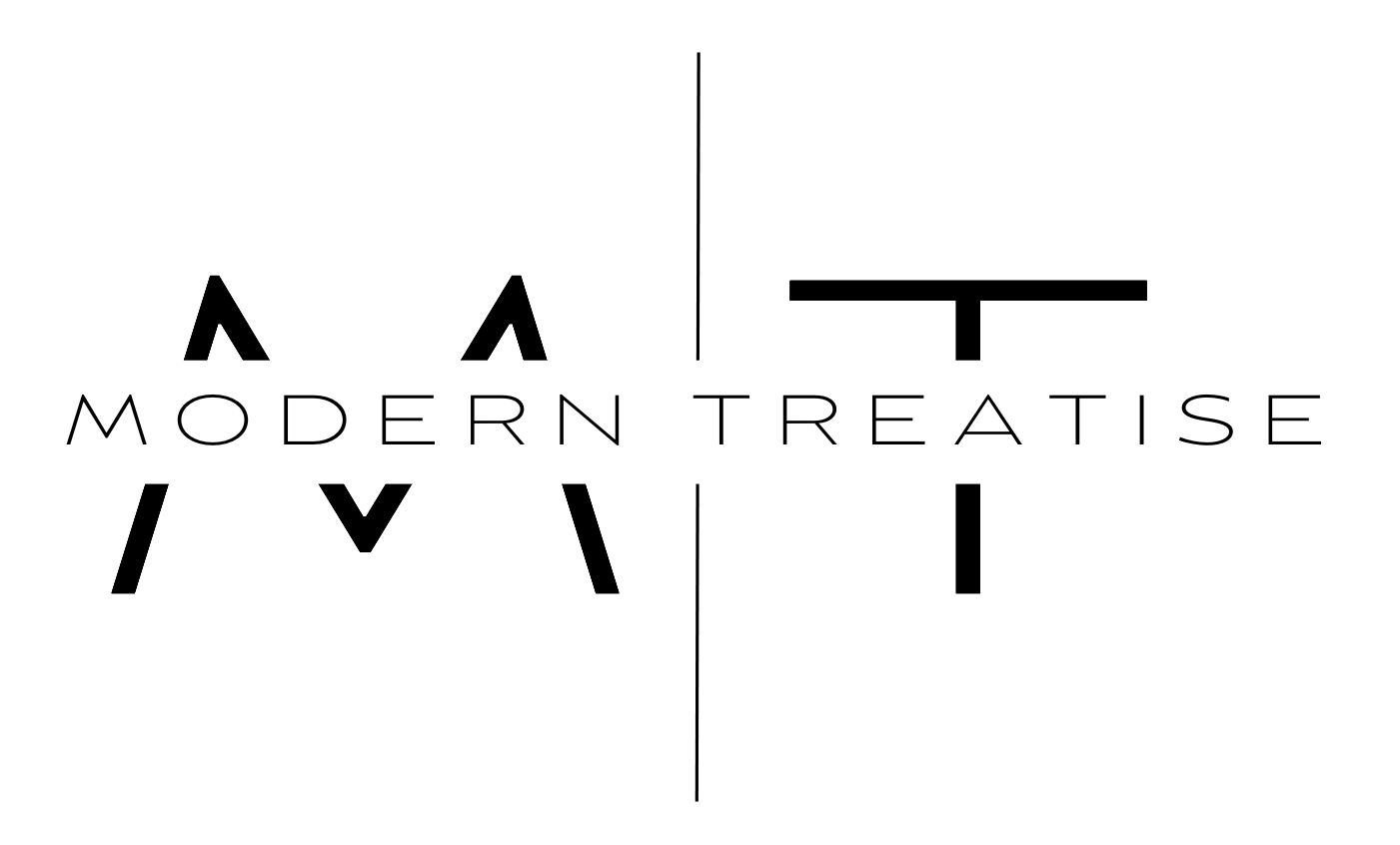European Central: The Formation Of A New Government In Austria Faces Prolonged Delays
Jorg Greuel
In late September 2024, voters in Austria headed to the polls to vote in the country’s legislative election. After the votes were counted, Herbert Kickl’s right-wing populist Freedom Party of Austria (FPÖ)—notable for its flirtations with Nazi slogans, its opposition to support for Ukraine, its deep skepticism of the European Union, its hostility to immigrants, and its promises to ban political forms of Islam—emerged victorious, securing a plurality of 28.8% of the vote and 57 seats. This was mainly at the expense of Austria’s governing party, the Christian democratic Austrian People’s Party (ÖVP), which lost 20 seats and fell from 37.5% of the vote to just 26.3%.
Now, more than four months later, Austria still does not have a new government in place, the result of a bitter and protracted process of coalition negotiations and disputes among Austria’s political parties. In October, President Alexander Van der Bellen, an outspoken critic of Kickl and the FPÖ, gave the first chance to form a government to the ÖVP and its leader, Chancellor Karl Nehammer, who promised not to work with Kickl and the FPÖ. However, Nehammer’s efforts to form a governing coalition with the other opposition parties failed, and Nehammer announced his resignation as party leader in early January 2025.
On January 6, after mainstream parties abandoned their attempts to block them from gaining power, Kickl and his party were offered the opportunity to form a governing coalition. President Van der Bellen met with Kickl at the presidential palace, where several hundred protesters had gathered, and urged the FPÖ leader to engage in talks with the ÖVP to form a new coalition government. ‘I did not take this step lightly,’ the president told reporters after the meeting. ‘I will continue to take care that the principles and rules of our constitution are correctly respected and adhered to.’ For his part, Kickl expressed confidence in finding ‘viable solutions’ in any future coalition negotiation.
The ÖVP and the FPÖ have previously shared power. However, on these prior occasions the ÖVP was the senior coalition member while the FPÖ was the junior partner. Most recently, the two parties governed Austria from 2017 to 2019. Kickl served in this government as the interior minister. The coalition collapsed as the result of a corruption scandal surrounding the FPÖ’s then leader, Heinz-Christian Strache.
In the aftermath of Kickl’s visit to the presidential palace, the ÖVP signaled that it was potentially willing to join an FPÖ-led coalition. However, this coalition building process has been just as complicated as it was before Nehammer’s resignation as chancellor and ÖVP leader.
After a month of talks, efforts to form a government between the FPÖ and the ÖVP have stalled, prolonging the political deadlock that has gripped Austria since September. Kickl has repeatedly threatened to withdraw his party from coalition negotiations and initiate a new legislative election if the ÖVP does not acquiesce to his party’s demands.
The FPÖ has insisted ‘that the chancellor’s office, which would be led by Kickl, be in charge of constitutional and European Union affairs as well as media, a red line for the [ÖVP], and had sought control of the powerful finance and interior ministries.’ For their part, the ÖVP has maintained it is unwilling to negotiate and defer to the FPÖ on matters related to the European Union and the freedom of the press.
Responding to media speculation on February 4 that the coalition negotiations with the ÖVP had collapsed, the FPÖ announced: ‘There is no breakdown of negotiations. The ÖVP is apparently coordinating internally. This is quite normal in negotiations. We also coordinate internally again and again. Tomorrow it can continue.’ ‘The government negotiations are in a difficult phase,’ an ÖVP spokesperson told the press, although they added that both parties are ‘still in ongoing negotiations’ and that ‘talks in the [ÖVP] subgroups have been scheduled for today and tomorrow.’
In Vienna, meanwhile, tens of thousands of protesters flooded the streets near the ÖVP headquarters to voice their opposition to an FPÖ-ÖVP coalition deal. ‘Now is the chance to break off the negotiations,’ protesters exclaimed, along with calls of ‘we are the firewall, where are you?’ The protesters also carried banners which read ‘Not again’ and ‘Kickl is a radical conspiracy theorist.’
While Kickl and the FPÖ’s formation of a government is not preordained, it would also not be a surprise. While other right-wing populist parties across Europe have gained support and prominence only in the last decade or so, the FPÖ has been a staple of Austrian politics for decades. The FPÖ’s current moment at the pinnacle of Austrian politics ‘follows years of growing acceptance’ of the far-right in the country. The FPÖ’s growth has been ‘helped by scandals and an ideological shift [to the right] in the more mainstream conservative party [ÖVP] that has led Austria’s governments for 15 of the last 25 years.’
‘The idea that the FPÖ is somehow politically taboo, that train has long left the station,’ said Laurenz Ennser-Jedenastik, a political scientist at the University of Vienna. While the FPÖ has yet to arrive at the next station (i.e. the leader of a coalition government), it appears that destination is increasingly within reach. What remains to be seen is how might the FPÖ govern Austria should they achieve power, and how the European Union will react.

